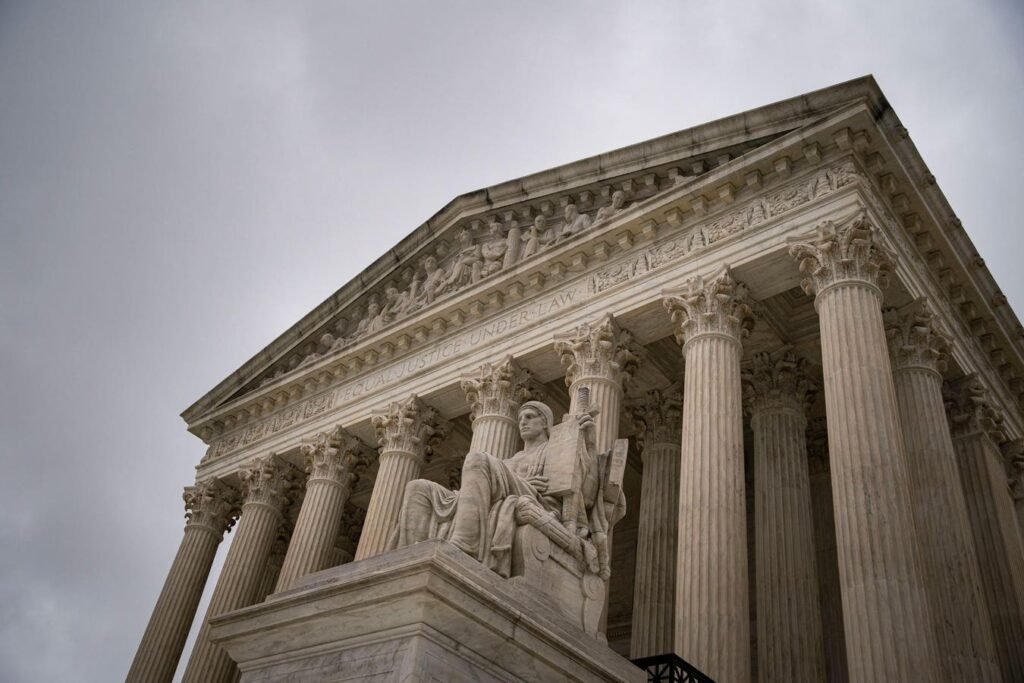Recent Supreme Court decisions in Loper Bright v. Raimondo and Relentless, Inc. v. Department of Commerce have upended the long-standing principle of Chevron deference, which granted federal regulatory agencies broad authority to interpret ambiguous statutory language. This change has been lauded by some as a victory against administrative overreach, but the implications are more complex than they may appear. The Chevron doctrine first emerged in the 1984 case Chevron U.S.A. v. Natural Resources Defense Council to address the issue of vague legislative instructions to executive agencies.
The dismantling of the Chevron framework is expected to have immediate effects, such as curbing instances of agency overreach like the National Marine Fisheries Service’s costly mandate on small fishing businesses. The end of Chevron deference may also lead to a rise in legal challenges to regulations. With agencies facing higher scrutiny over their interpretations of statutory delegations, regulatory efforts across various policy areas could come under threat. This shift signifies a transfer of power from the executive branch to the judiciary, granting judges more authority in interpreting and applying the law.
While the end of Chevron deference may make it easier to challenge new regulations and deregulatory actions alike, it could also present challenges for Republican administrations. With regulatory agencies often leaning Democratic in staff and attorneys, conservatives may struggle to craft legal arguments that withstand judicial scrutiny. Furthermore, conservative jurists who once supported Chevron as a means of limiting activist judges may now find themselves concerned about empowering judges too much. The lack of a clear alternative framework to Chevron raises questions about the predictability of the post-Chevron regulatory landscape.
Some observers suggest that the demise of Chevron deference may motivate Congress to take a more active role in policymaking by drafting clearer statutes. However, the likelihood of legislative change remains uncertain given longstanding practices and incentives for vague laws. Despite the potential for increased attention to congressional text in post-Chevron court rulings, the fundamental equilibrium of the regulatory system may prove more resilient than anticipated. As the judicial system navigates this new landscape, the challenge will be to set appropriate limits on agency power without politicizing the judiciary further.
Ultimately, the impact of ending Chevron deference on governance will depend on how well the judicial system can navigate the transition without succumbing to political pressures. As new forms of deference emerge post-Chevron, it remains to be seen whether the courts can strike a balance between limiting agency power and avoiding politicization. The true test lies in whether these changes represent progress in governance or simply a shift from one set of challenges to another. Only time will reveal the full implications of the post-Chevron regulatory landscape.












